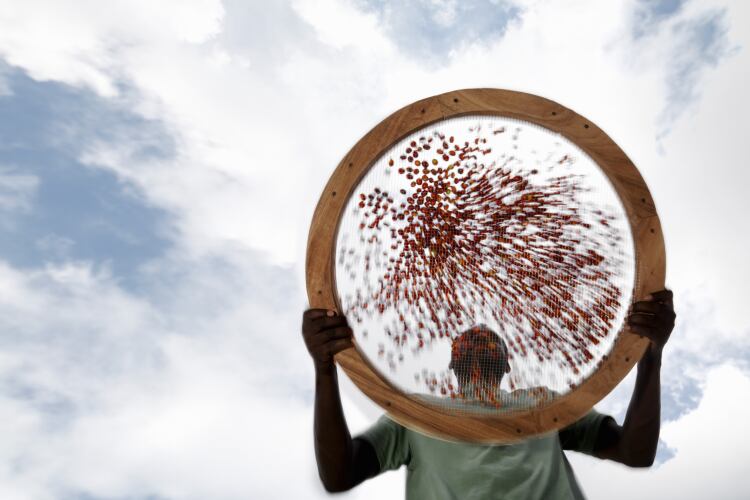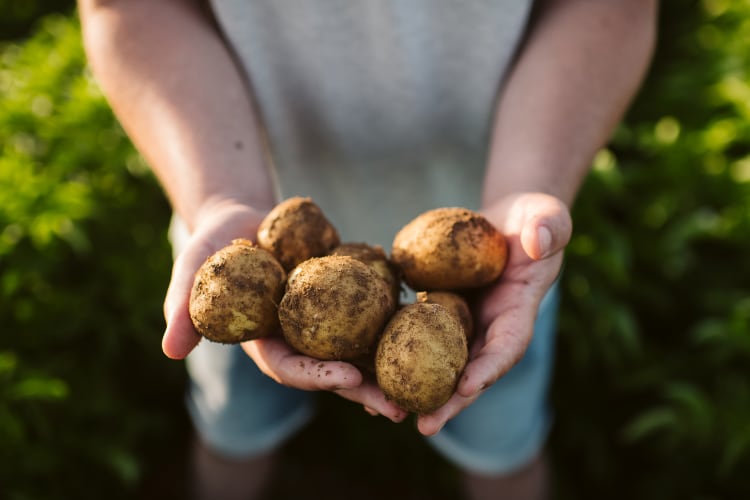The Nescafé Plan 2030 sets out Nestlé’s strategy to promote sustainable coffee procurement for its largest coffee brand. It is ‘the next phase of our sustainability vision and our ambition for the next decade’, according to Coffee Unit Head Philipp Navratil.
“This vision builds on ten years of track record. We want to accelerate the work that we have done over the last ten years and transition to regenerative agriculture in coffee,” he explained.
Working alongside the 100,000 farmers who supply Nescafé coffee beans, Nestlé will focus action in the seven origin countries where it sources 90% of its green coffee: Brazil, Vietnam, Mexico, Colombia, Côte d'Ivoire, Indonesia, and Honduras. The company believes this integrated strategy will help lower carbon emissions, increase farmer incomes and foster better social conditions for the communities from which it sources.
“The work we will do with farmers to help them to adopt regenerative agricultural practices will help reduce greenhouse gas emissions, improve farm productivity and improve incomes. It will help tackle the social and economic conditions in and around the farms,” Navratil told FoodNavigator.
The initiative will see Nestlé invest over CHF1bn by 2030 and will contribute to the delivery of some of the company’s group-wide commitments in its roadmap to reaching net zero emissions by 2050.
“Nescafé Plan 2030 is Nescafé’s push into regenerative agriculture, to take farmers by the hand and support them in this transition. Our target is to have 100% responsibly sourced coffee by 2025, 50% regeneratively sourced by 2030. By 2030 we also want to reduce 50% of our carbon emissions. We believe that putting regenerative agriculture at the core of Nescafé will help us to do so,” Navratil detailed.

Climate change and a resilient coffee supply
Global demand for coffee is rising. The segment, which was valued at US$433.60bn in 2022, is expected to grow by a CAGR of 7.64% through to 2025, according to data from Statistica.
Meeting future demand could prove challenging. Rising temperatures mean the land suitable for growing coffee could be cut by 50% by 2050, research from the Inter-American Development Bank suggests.
The impact of climate change is already visible in coffee supply chains.
“Everyone is seeing are more sharp variations in weather patterns. Too much rain has been seen for the past three years in Colombia and Honduras. You have dry periods that are more intense as well, temperatures that start to creep up at higher altitudes… These impacts are already happening,” Nestlé’s Head of Green Coffee Marcelo Burity warned.
These challenges, Navratil added, are ‘broader’ than any particular impact on Nescafé: “It is about coffee growing at large.
“We are the largest coffee buyer in the world, buying 8-9% of the green coffee crop. Obviously, we are very interested in keeping supply steady and maintaining quality. There is no threat [to supply] today but we are very much aligned with the view that if we don't act today 20, 30, 50 years down the road the growing of green coffee will not hold up with ever growing demand for coffee from consumers,” he suggested.
“The urgency to act is now. It'll take time for regenerative agriculture to have a profound effect on whole [system of] coffee growing.”
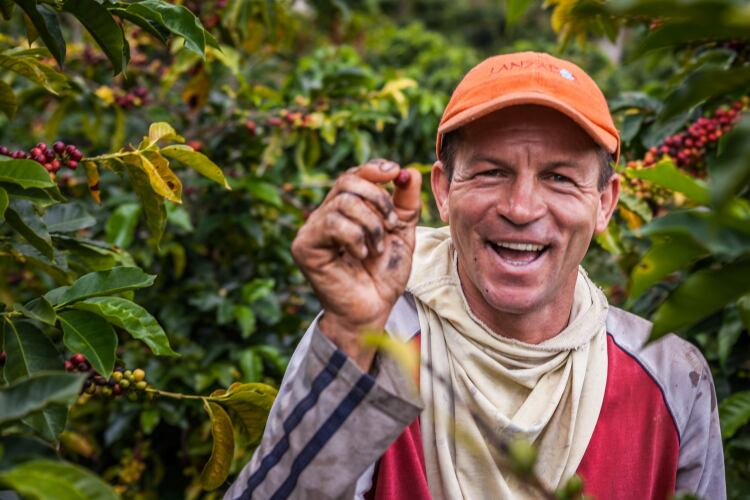
Can regenerative ag help cut coffee’s footprint?
Across the food sector, optimism surrounds the potential of regenerative agriculture to reduce the negative impact of food production on the health of the planet.
There isn’t currently a standard definition of regenerative agriculture. Generally, it refers to practices ranging from minimum or reduced tillage, to cutting the use of chemical pesticides and fertilizers, crop rotation, well-managed grazing, and increasing soil fertility through biological means such as the use of cover-cropping.
Practices are context specific and many proponents suggest we need to look at outcomes – such as the amount of carbon sequestered in soils. So how does Nestlé see regenerative agriculture playing a role in the coffee sector?
“Regenerative agriculture is a fairly young concept. Good agricultural practices are part of our regenerative agricultural toolkit. What we see as new is that those good agricultural practices have not largely been measured with the dimension of carbon. They're measured with yield, they are measured with reducing cost, or increasing production efficiency. The aspect carbon emissions, carbon sequestration and soil health, is something that our agricultural research team is working on in collaboration with external partners,” Burity responded.
Specific changes that Nestlé is promoting include agro-forestry and cover cropping as well as pruning and replacing old trees to rejuvenate plantations and transition toward climate resilient varieties. The company also wants to encourage the use of organic fertilizers that contribute to soil fertility.
“Regenerative agriculture is looking for farming models that are more in harmony with natural cycles, that focus on improving soil health, soil fertility, protecting water resources and biodiversity. In terms of soil, it is about cover crops, it is about optimizing fertilization… From a water perspective, it is about riparian buffers, agro-forestry, inter cropping… It is actually a toolbox that you have to improve farming conditions. From that toolkit, how it is deployed in various countries is very much tailored, considering local farming models.”
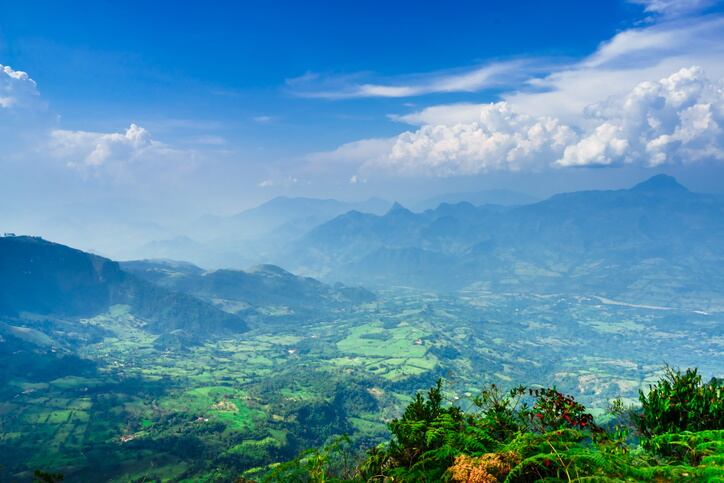
Burity said broadly speaking he sees two farming models in coffee: efficient and intensified coffee production versus inefficient production systems. For the former, he believes regenerative agriculture will allow yields to be maintained while inputs are lowered. But the biggest opportunity is working with less efficient smallholders, where the benefits of regenerative agriculture can also feed through to improved livelihoods and conditions.
“We are using regenerative agriculture to deliver multiple impacts simultaneously: reducing carbon emissions, improving farmer incomes, and creating better social conditions,” the coffee expert stressed.
“We cannot take action to reduce carbon emissions or capture carbon if it does not make economic sense for the farmers. If it does not contribute to farmer livelihoods, it's just not something that would be sustained over time. What we are driving towards is that step change in efficiency for the farmers.”
As part of the Nescafé Plan 2030, the company will also measure the impact it has on the income of the farmers that participate. “We consider this a critical measure of success.”
To some, however, this approach might sound like more-of-the same in CSR. For a long time, supply chain sustainability initiatives across the food industry have focused on productivity as a lever to boost farmer incomes, with limited effect. An estimated 80% of coffee farming families still live below the poverty line. What is different this time?
The short answer is financial incentives for the uptake of regenerative practices. “It is going to be a suit of interventions, not only providing the right technical assistance to improve productivity. We are also piloting some conditional cash incentives that particularly focus on these vulnerable smallholder farmers to assist exactly that acceleration of the transition,” Burity told us.
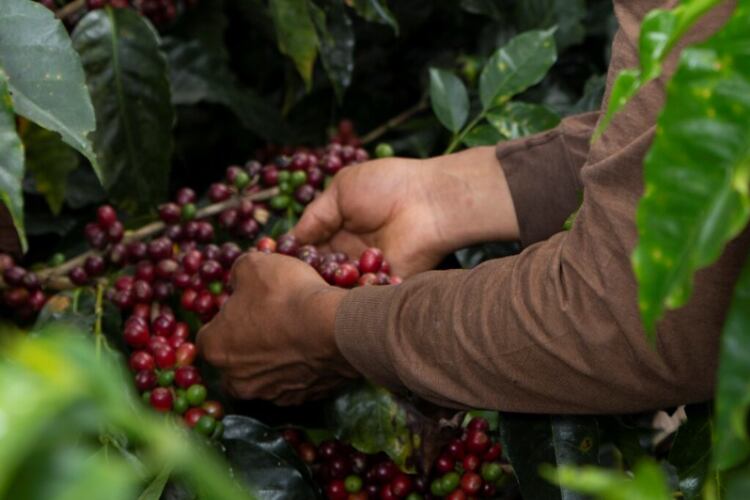
‘A brand cannot have a future if it’s not sustainable’
Nescafé accounts for one-in-seven cups of coffee drunk worldwide. The brand’s global reach and production footprint leave it well-placed to accelerate the transition towards regenerative coffee, Navratil maintained.
“We believe that Nescafé is ideally positioned to own this space and really drive this transition because of its scale. We operate in 186 markets and have factories all across the world. We also have the specificity to produce where we source coffee, which is not normally true to other brands. Forty percent of our production happens in coffee producing countries,” he explained.
The plan, the coffee executive believes, delivers more than long-term supply chain resilience and carbon reduction. It will also drive positive outcomes for the Nescafé brand itself.
“It is very important for Nescafé because today a brand, any brand, cannot have a future if it's not sustainable brand. We are really coming true to our sustainability promise, which is renewing the world of coffee and uplifting lives and livelihoods with every cup. Any brand needs to have this at its core to be able to be relevant for consumers - and to have a bright future as well.”

